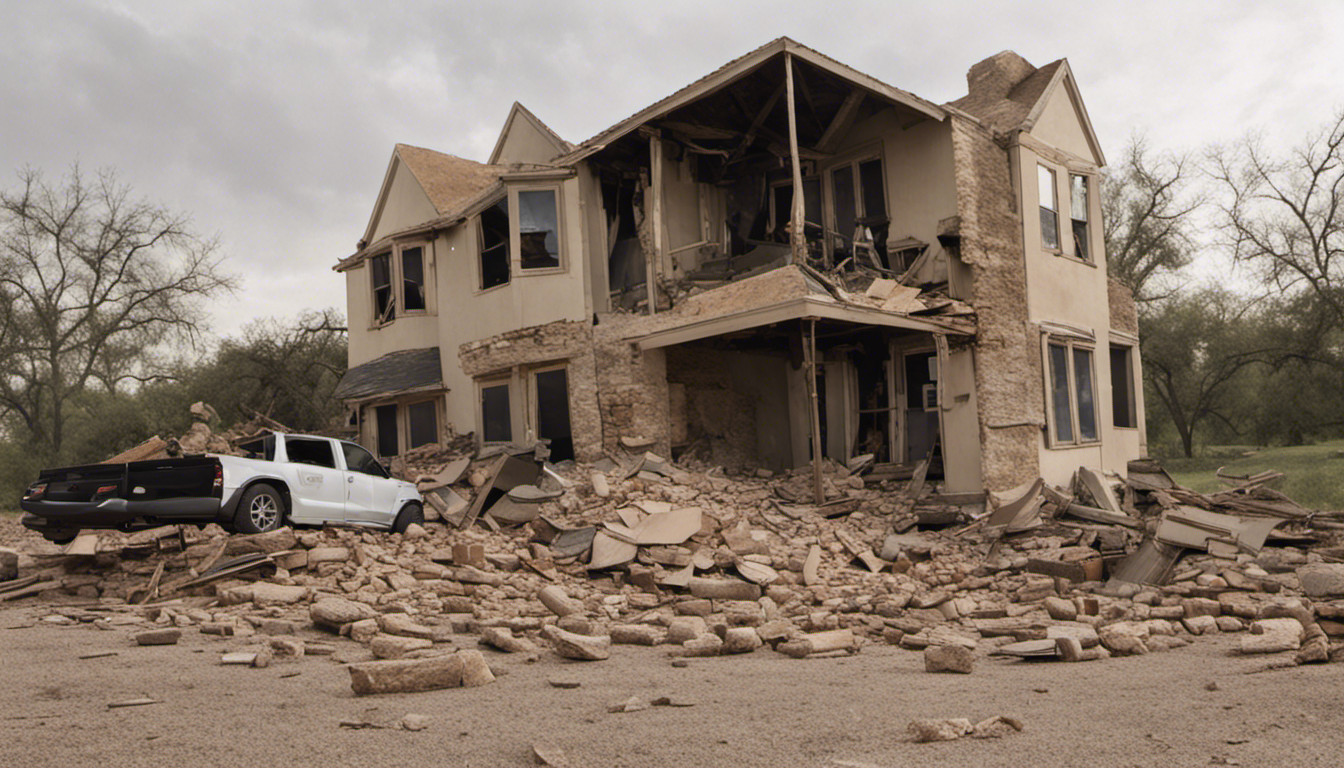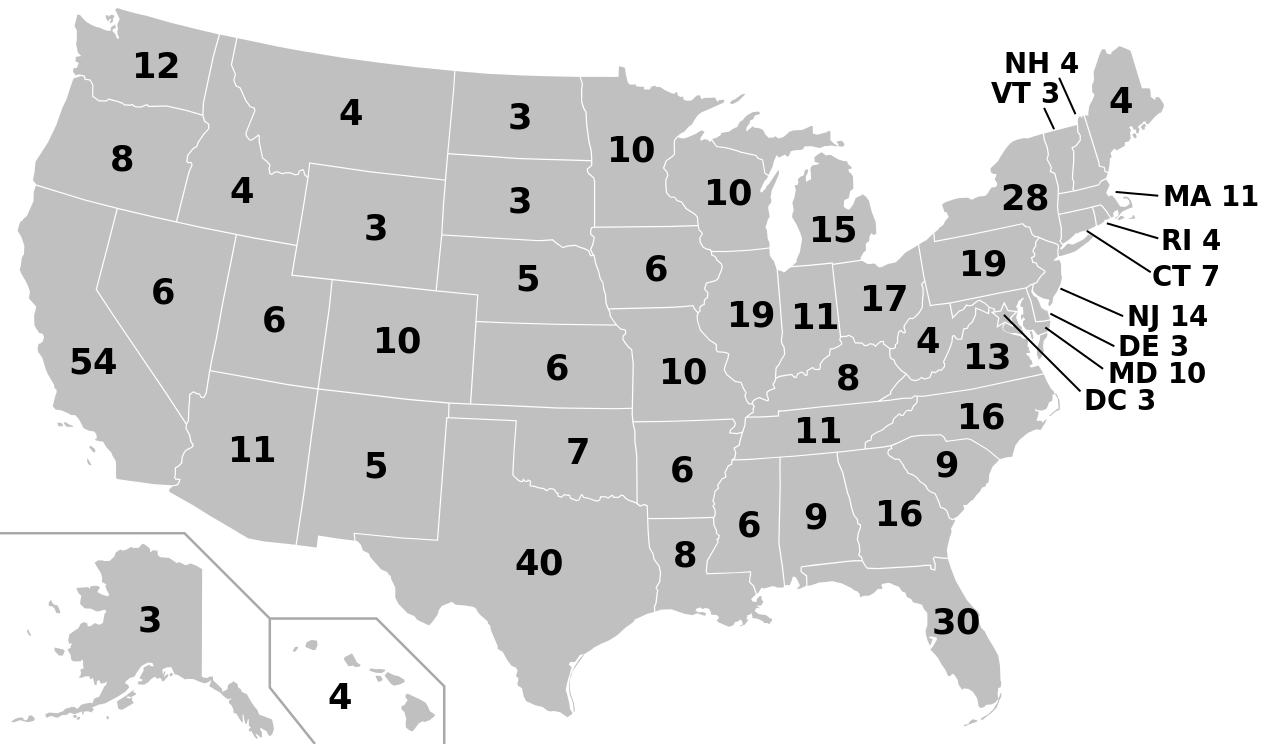In the early hours of Wednesday morning, residents of western Texas experienced a sudden jolt as a 5.3-magnitude earthquake rattled the region, as reported by the U.S. Geological Survey. The epicenter of the quake was pinpointed approximately 23 miles west-southwest of Mentone, Texas, striking at 4:27 a.m. local time. The seismic event sent shockwaves through the area, leaving many startled and shaken from their sleep.
The National Weather Service for El Paso, Texas, promptly informed the public about the earthquake, emphasizing the significant magnitude of 5.2 as reported by the USGS. Their message reached out to those who might have been abruptly awakened by the seismic activity, providing crucial information about the incident. The tremors were felt as far as Santa Teresa, New Mexico, which is situated over 200 miles west of the earthquake’s origin point, underscoring the potency of the geological event.
Mentone, the epicenter of the earthquake, is a quaint and relatively remote town located in Loving County, nestled approximately 220 miles away from the New Mexico border. Despite the considerable distance from major urban centers, the effects of the earthquake were keenly felt, reminding residents of the unpredictable nature of geological phenomena in this seismically active region.
Fortunately, amidst the unsettling tremors and initial shock, there have been no reports of damage or injuries as of Wednesday morning. This stroke of luck underscores the resilience of the structures in the affected area and the preparedness of the local population. Nevertheless, the event serves as a stark reminder of the importance of earthquake preparedness and awareness, even in regions where such occurrences are relatively rare.
The seismic event prompts us to consider the wider context of geological activities in the United States, particularly in regions not traditionally associated with frequent earthquakes. While the West Coast, with its well-known fault lines, often captures the public’s attention in discussions about seismic activity, incidents like the one in western Texas highlight the need for a nationwide understanding of earthquake risks. Earthquakes are not exclusive to certain geographic locations; they can occur unexpectedly, causing varying degrees of damage and disruption.
In the wake of this earthquake, geologists and seismologists are likely to intensify their studies of the region. Understanding the geological factors that contributed to this event is essential for predicting and mitigating potential future occurrences. Through detailed analysis of the earthquake’s epicenter, depth, and surrounding geological formations, scientists can gain valuable insights into the underlying causes of the seismic activity.
Public awareness and education also play a pivotal role in minimizing the impact of earthquakes. Preparedness measures, such as securing heavy furniture, creating emergency kits, and establishing communication plans, can significantly reduce the risks associated with seismic events. Community drills and educational campaigns can further enhance the readiness of residents, ensuring that they know how to respond swiftly and effectively in the event of an earthquake.
Additionally, construction standards and building codes are paramount in earthquake-prone areas. Ensuring that structures are designed and built to withstand seismic forces is crucial for minimizing damage and safeguarding lives. Regular inspections and retrofitting of older buildings can further enhance their resilience, making them more resistant to the forces unleashed during an earthquake.
The absence of reported damage or injuries in the aftermath of this earthquake provides an opportunity for local authorities and communities to assess their preparedness measures critically. While the outcome was fortunate this time, it serves as a valuable lesson, highlighting the need for continuous vigilance and proactive measures to enhance resilience in the face of future seismic events.
The 5.3-magnitude earthquake that struck western Texas serves is a reminder of how unpredictable nature of geological phenomena. While the region may not be as seismically active as others, the event underscores the importance of earthquake preparedness, public awareness, and robust building standards across the United States. By learning from this experience, communities can strengthen their resilience, ensuring that they are well-equipped to face any future seismic challenges that may arise.









Leave a Reply